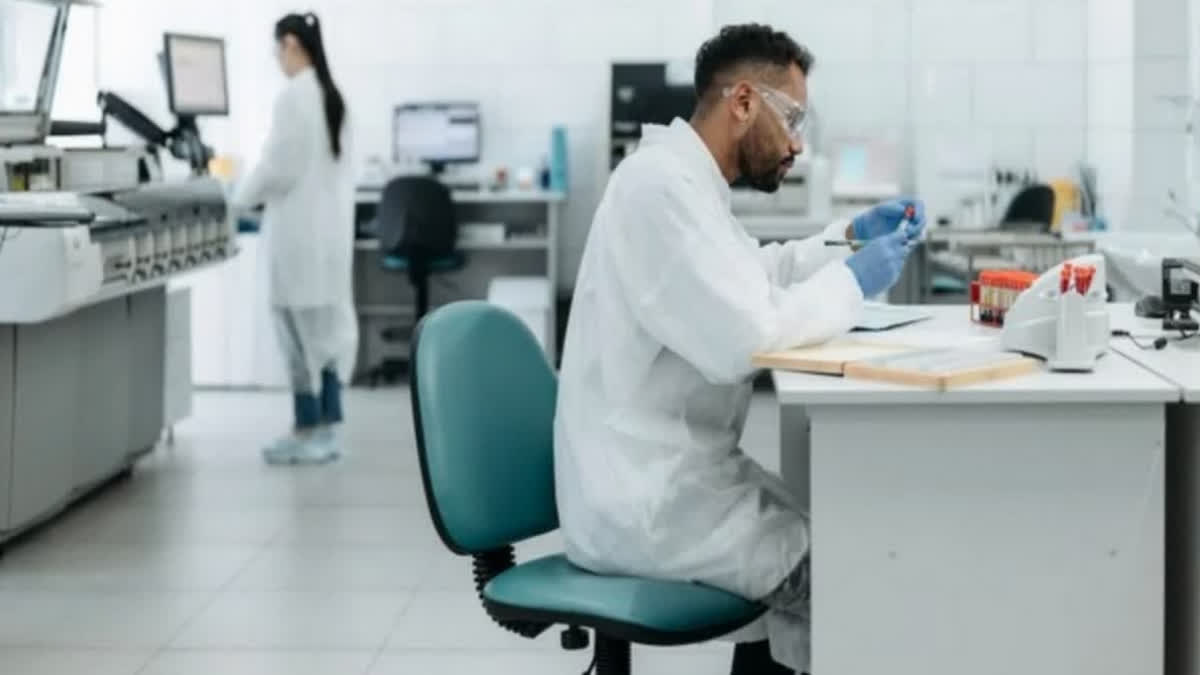New Delhi: Researchers have for the first time revealed the molecular structure of a protein that allows "good fat" to burn off calories, an advance that could lead to treatments for obesity and diabetes. The protein called "Uncoupling protein 1" (UCP1) allows brown fat tissue, or "good fat," to burn off calories as heat, in contrast to conventional white fat that stores calories.
An international team, including researchers from the University of Cambridge, UK, provides crucial molecular details that will help develop therapeutics which activate UCP1 artificially to burn off excess calories from fat and sugar. The finding, published in the journal Science Advances, could one day combat obesity and related diseases, such as diabetes, they said.
Brown fat is the good fat - it breaks down blood sugar and fat molecules to create heat and help maintain body temperature. Most of our fat, however, is white fat, which stores energy, and too much white fat leads to obesity. "UCP1 is the key protein that allows the specialised brown fat to burn off calories as heat," said Paul Crichton from the the University of East Anglia (UEA), UK.
"But even with more brown fatUCP1 must still be 'switched on' to gain full benefit. And research has been hampered by a lack of details on the molecular make up of UCP1. Despite more than 40 years of research, we did not know what UCP1 looks like to understand how it worksuntil now," Crichton said.
The new study shows, for the first time, the structure of UCP1 in atomic detail, and how its activity in brown fat cells is inhibited by a key regulatory molecule, the researchers said. Using the Krios G3i, a cryogenic electron microscope at the Singh Center for Nanotechnology at the University of Pennsylvania, US, the team was able to view UCP1 in atomic detail. "This is an exciting development that follows more than four decades of research into what UCP1 looks like and how it works," said Vera Moiseenkova-Bell, an associate professor at the Beckman Center for Cryo-Electron Microscopy, US.
"Our work shows how a regulator binds to prevent UCP1 activity, but more importantly the structure will allow scientists to rationalise how activating molecules bind to switch the protein on, leading to the burning of fat," said lead researcher Edmund Kunji, from the University of Cambridge. "The activated tissue can also remove glucose from the blood, which can help control diabetes," he added. (PTI)


